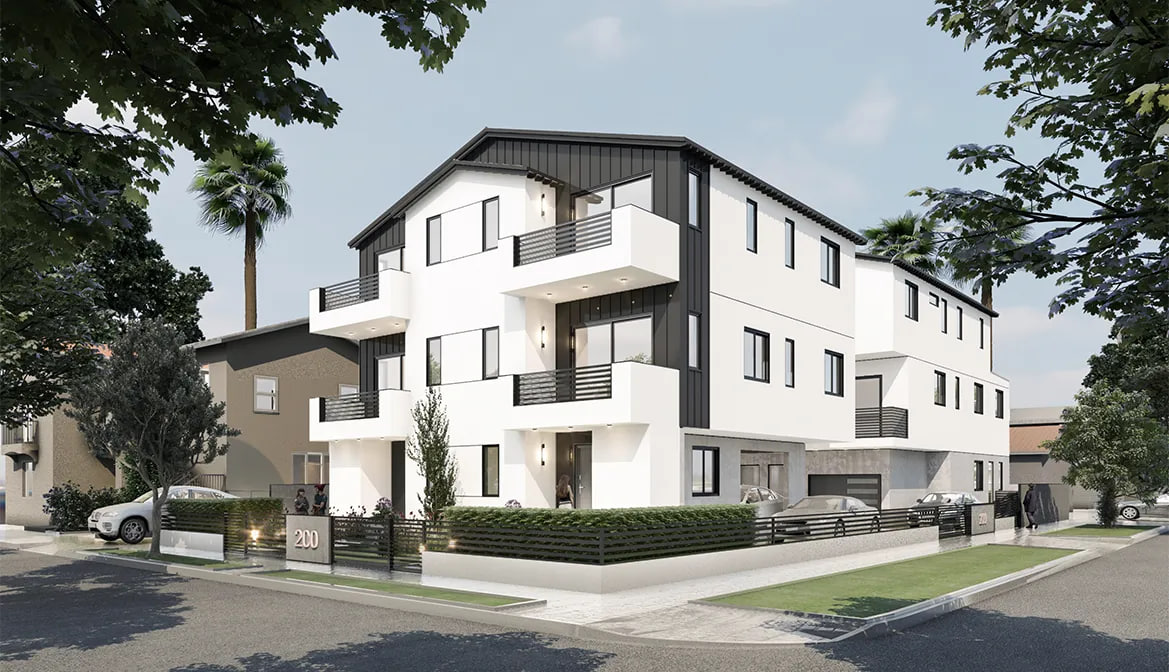Benefits of Investing in Section 8 Housing
Investing in Section 8 properties provides a range of advantages, including:
- Passive Rental Income: Enjoy consistent rental income, as tenants and PHAs reliably pay their rent.
- Long-Term Appreciation: Real estate grows in value over time, increasing your net worth.
- Tax Benefits: Deduct operating expenses, take advantage of depreciation, and benefit from lower capital gains tax rates.
- High Demand: With many low-income renters in need of affordable housing, demand for Section 8 units remains strong.
- Short Lease-Up Periods: High demand means properties are typically filled quickly.
- Stable Rent Payments: The government directly pays the subsidized portion of the rent, ensuring reliable cash flow.
- Reduced Vacancy Losses: Section 8 tenants tend to renew leases to avoid the lengthy voucher application process.
- Strong Rental Rates: HUD often allows landlords to charge rents at the higher end of the fair market range.
- Community Impact: You contribute to the availability of affordable housing for those in need.
Potential Drawbacks of Section 8 Investments
While the benefits are attractive, there are some challenges to consider:
- Bureaucratic Red Tape: Compliance with HUD and PHA requirements, including inspections and property registrations, can be time-consuming and costly.
- Delayed Payments for New Tenants: Initial payments from the PHA may take up to 60 days to process.
- High Upfront Costs: Developing or purchasing Section 8 properties requires significant capital.
- Ongoing Management Needs: Managing Section 8 properties involves either dedicating time and energy yourself or hiring experienced property managers.


